Geo-wiki and Cropland Capture: Citizen scientists help identify arable land
Por um escritor misterioso
Last updated 29 março 2025
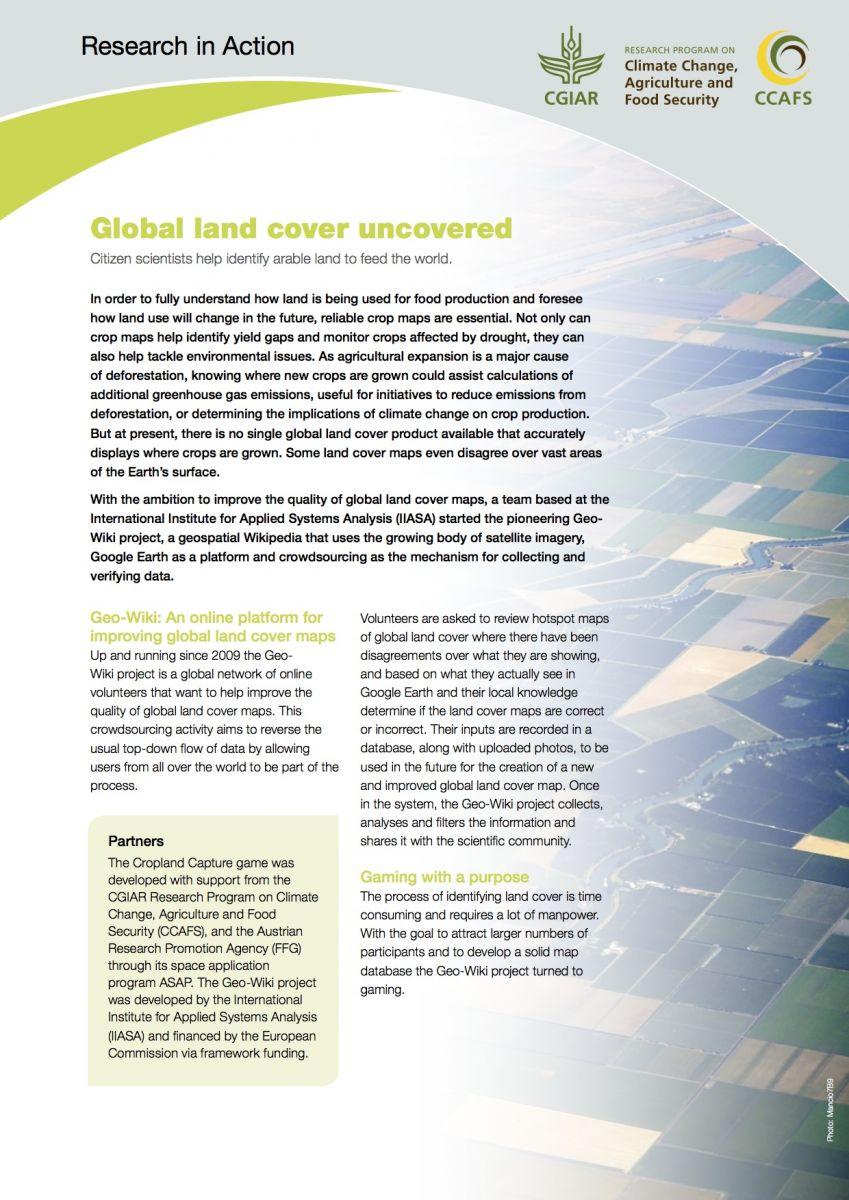
In order to fully understand how land is being used for food production and foresee how land use will change in the future, reliable crop maps are essential. Not only can crop maps help identify yield gaps and monitor crops affected by drought, they can also help tackle environmental issues. As agricultural expansion is a major cause of deforestation, knowing where new crops are grown could assist calculations of additional greenhouse gas emissions, useful for initiatives to reduce emissions from deforestation, or determining the implications of climate change on crop production. But at present, there is no single global land cover product available that accurately displays where crops are grown. Some land cover maps even disagree over vast areas of the Earth’s surface. With the ambition to improve the quality of global land cover maps, a team based at the International Institute for Applied Systems Analysis (IIASA) started the pioneering Geo-Wiki project, a geospatial Wikipedia that uses the growing body of satellite imagery, Google Earth as a platform and crowdsourcing as the mechanism for collecting and verifying data. Geo-Wiki: An online platform for improving global land cover maps Up and running since 2009 the Geo- Wiki project is a global network of online volunteers that want to help improve the quality of global land cover maps. This crowd-sourcing activity aims to reverse the usual top-down flow of data by allowing users from all over the world to be part of the process. Volunteers are asked to review hotspot maps of global land cover where there have been disagreements over what they are showing, and based on what they actually see in Google Earth and their local knowledge determine if the land cover maps are correct or incorrect. Their inputs are recorded in a database, along with uploaded photos, to be used in the future for the creation of a new and improved global land cover map. Once in the system, the Geo-Wiki project collects, analyses and filters the information and shares it with the scientific community. Gaming with a purpose The process of identifying land cover is time consuming and requires a lot of manpower. With the goal to attract larger numbers of participants and to develop a solid map database the Geo-Wiki project turned to gaming. “Cropland Capture” is a game built on a fairly simple idea: players travel through satellite images of the Earth looking for arable land and collect points. Throughout the process, players are presented with a red rectangle placed on top of satellite imagery. They are asked to determine if there is any evidence of cropland within the rectangle. They can answer yes, no, or maybe, if they are unsure. If gamers are in the location they are analysing they can even upload a photo of the area which will be added to the database. Gamers are awarded points throughout the game and within just a few weeks, this fun and easy-to-use game attracted thousands of gamers helping to map out our global land cover bit by bit. The gamers help scientists not only find global crop cover, but also improve the available products and verify the maps. The more the players agree on the land cover, the higher scores they achieve and the faster they progress in the game. The data from the game will also be analysed for quality, which will help to better understand how data collected through crowdsourcing can be used for scientific research. In addition to interactive projects like Cropland Capture, Geo-Wiki also runs crowd-sourcing campaigns to collect data to helpanswer specific research questions such as land availability for biofuels, wilderness mapping and land grabbing. Science + Gaming: The new frontier Involving gamers in research projects like this is a new way of working, with exciting results and multiple benefits. Many researchers today lack time and capacity, and it would require an immense research troop to go through the same amount of satellite imagery that have now been made possible with online support. With outside help maps can be scrutinized while researchers themselves focus on analysing the results. Future plans include expanding the game to other land cover types, in particular forests, and for classifying pictures. This will make Geo-tagged photos available on the internet and from the Geo-Wiki picture app. Moreover, social media are an untapped source of validation data that can be used to improve land cover. Partners The Cropland Capture game was developed with support from the CGIAR Research Program on Climate Change, Agriculture and Food Security (CCAFS), and the Austrian Research Promotion Agency (FFG) through its space application program ASAP. The Geo-Wiki project was developed by the International Institute for Applied Systems Analysis (IIASA) and financed by the European Commission via framework funding. Key Links and Resources Visit the Geo-Wiki projectVisit the Cropland Capture websiteDownload the flyerNews Story on the Observer: How online gamers are solving science's biggest problemsBlog: Play the new geo-wiki game: Cropland capture Photo 1: J. Peacock Photo: 2: Mancio

Full article: Assessing quality of volunteer crowdsourcing
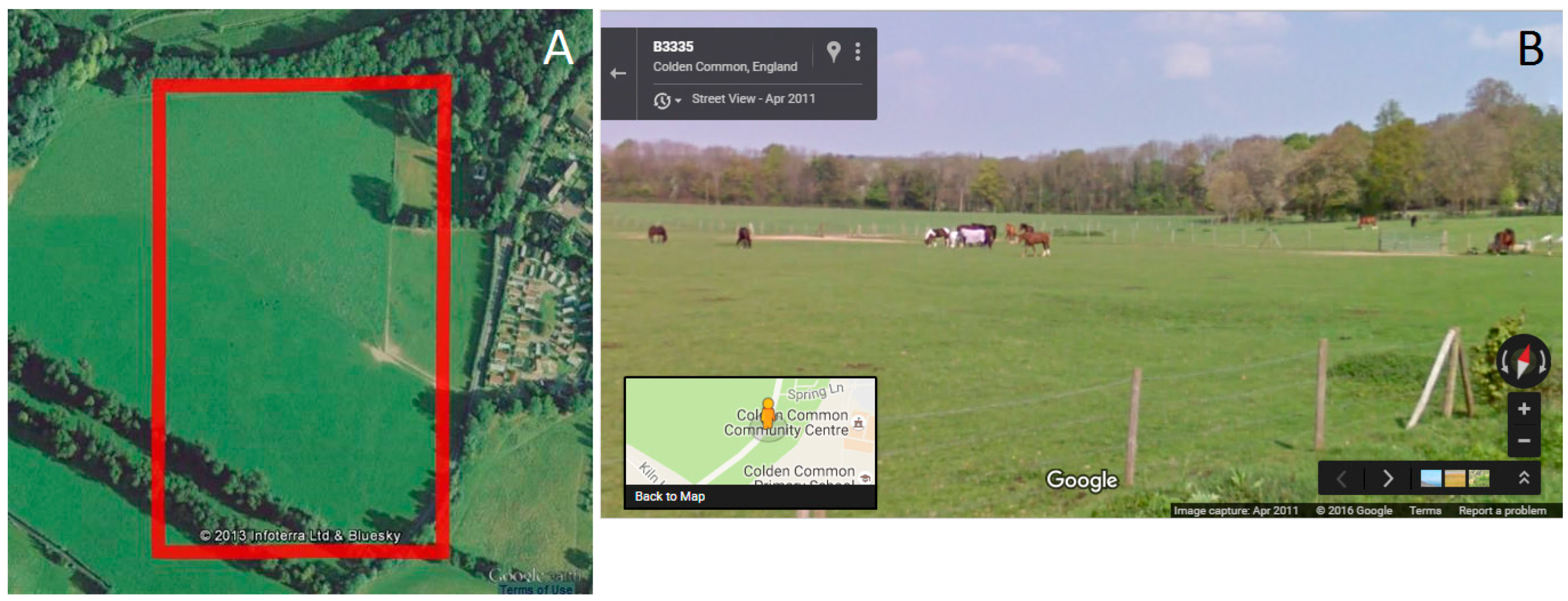
Remote Sensing, Free Full-Text

Mapping potential conflicts between global agriculture and
Improved Vote Aggregation Techniques for the Geo-Wiki Cropland
Distribution of the main crop types (in number of polygons

Land Use Colby Digs Soil

Land Use Intensity-Specific Global Characterization Factors to

Land, Free Full-Text
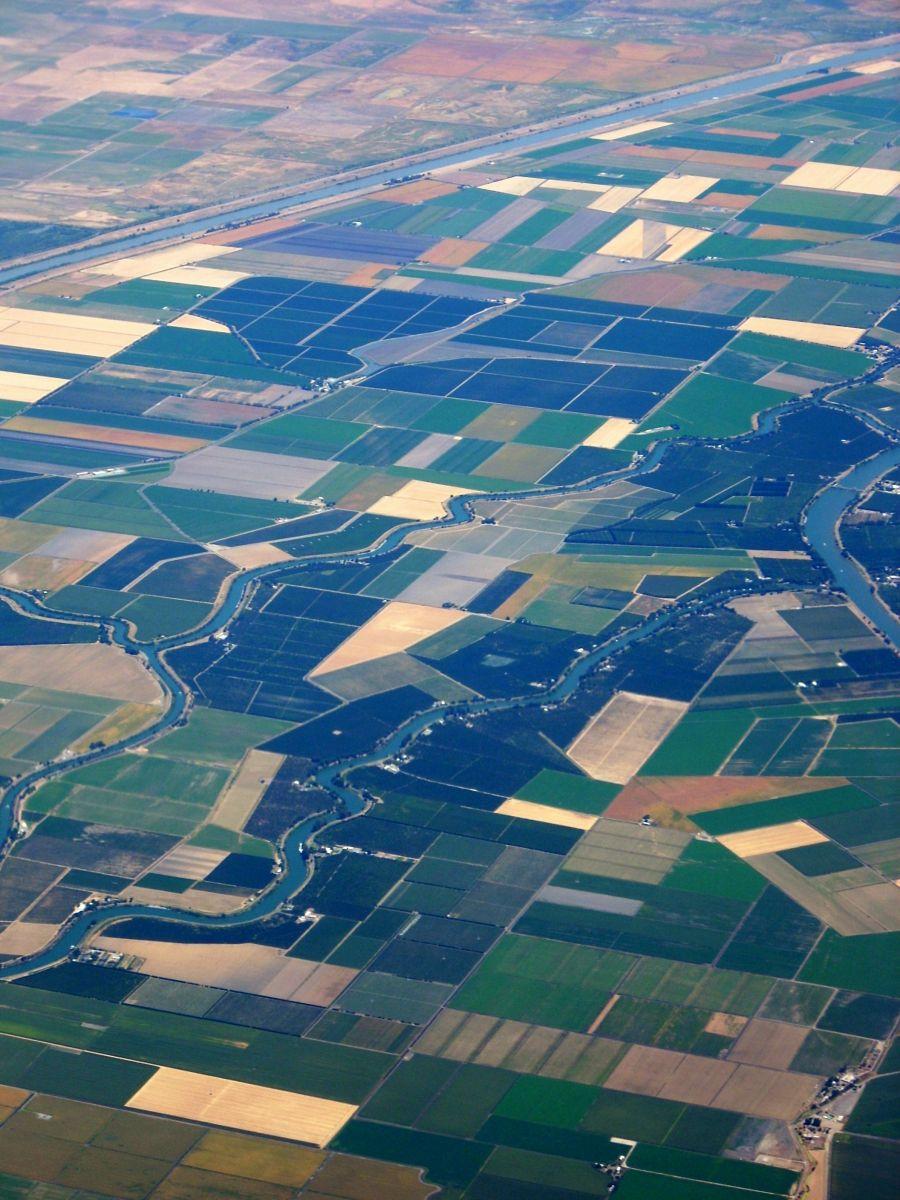
Geo-wiki and Cropland Capture: Citizen scientists help identify
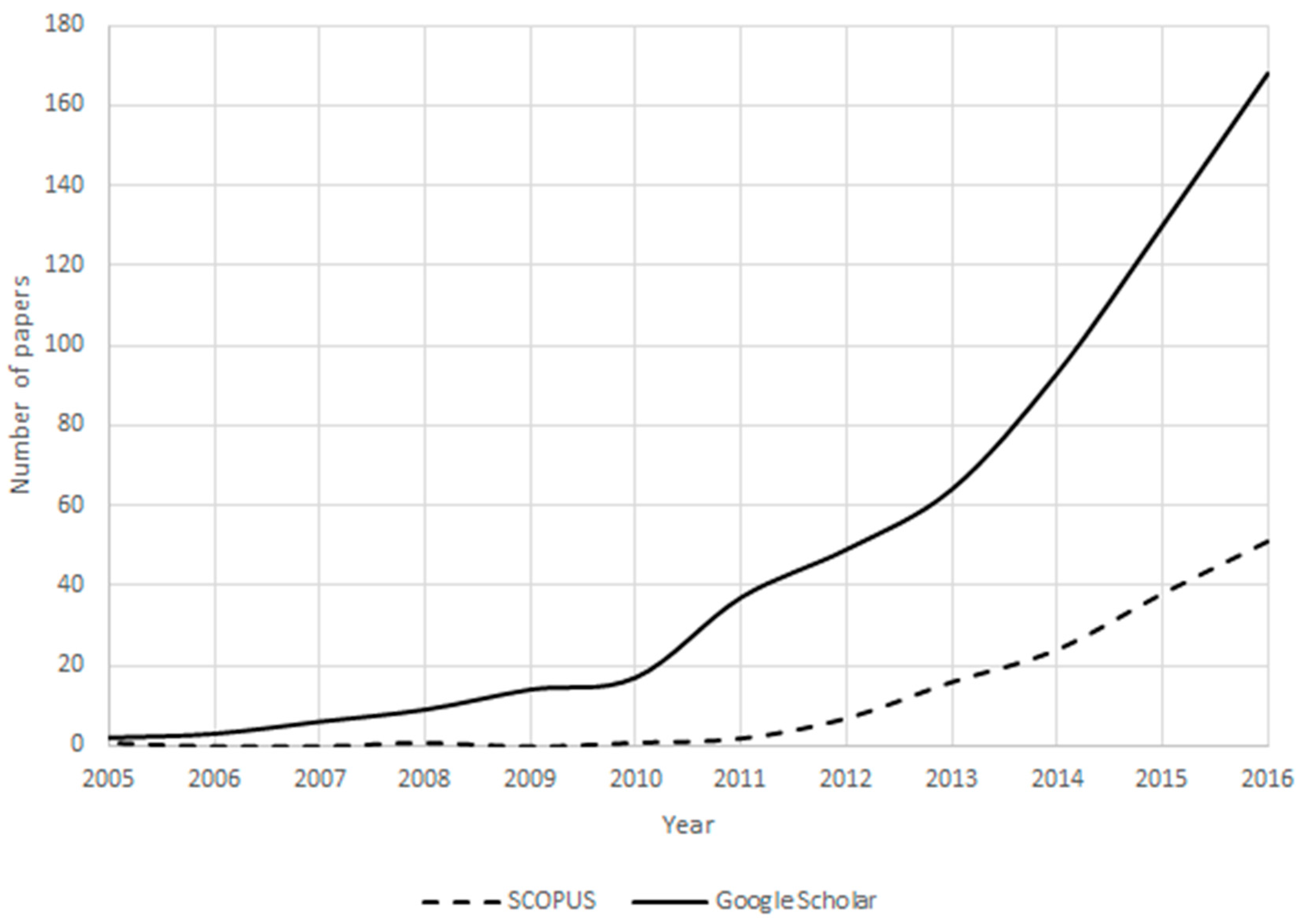
Remote Sensing, Free Full-Text
Recomendado para você
-
![Haze Piece Codes [Dragon] (December 2023) - Pro Game Guides](https://progameguides.com/wp-content/uploads/2023/10/Featured-Haze-Piece-Trello-and-Discord-Links.jpg?fit=1200%2C675) Haze Piece Codes [Dragon] (December 2023) - Pro Game Guides29 março 2025
Haze Piece Codes [Dragon] (December 2023) - Pro Game Guides29 março 2025 -
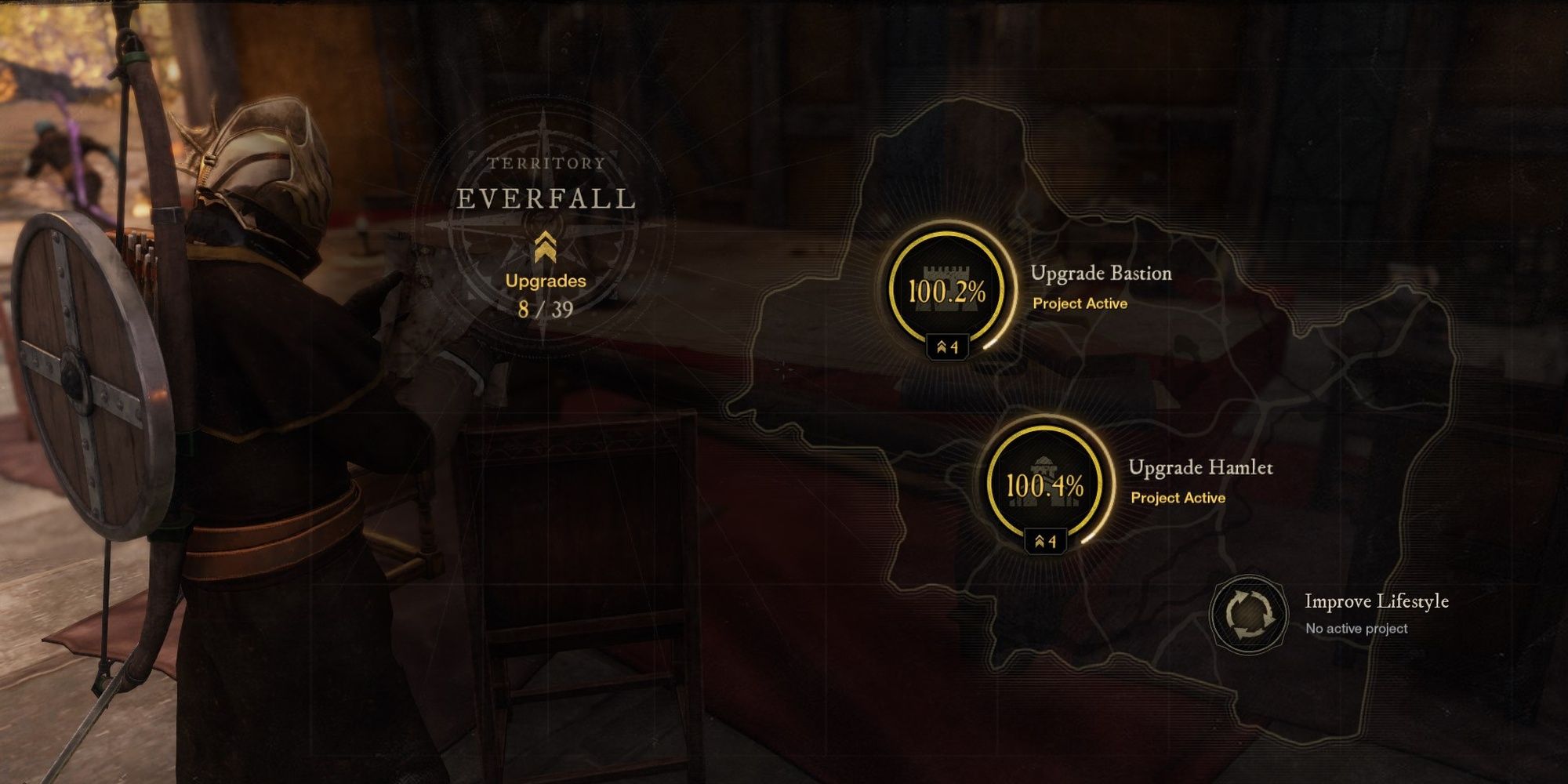 New World: Town Projects Explained29 março 2025
New World: Town Projects Explained29 março 2025 -
 Bulbapedia, the community-driven Pokémon encyclopedia29 março 2025
Bulbapedia, the community-driven Pokémon encyclopedia29 março 2025 -
 Writing the New World (podcast) - Alice Te Punga Somerville & Wanda Ieremia-Allan29 março 2025
Writing the New World (podcast) - Alice Te Punga Somerville & Wanda Ieremia-Allan29 março 2025 -
 The Brave New World Of The Social Web29 março 2025
The Brave New World Of The Social Web29 março 2025 -
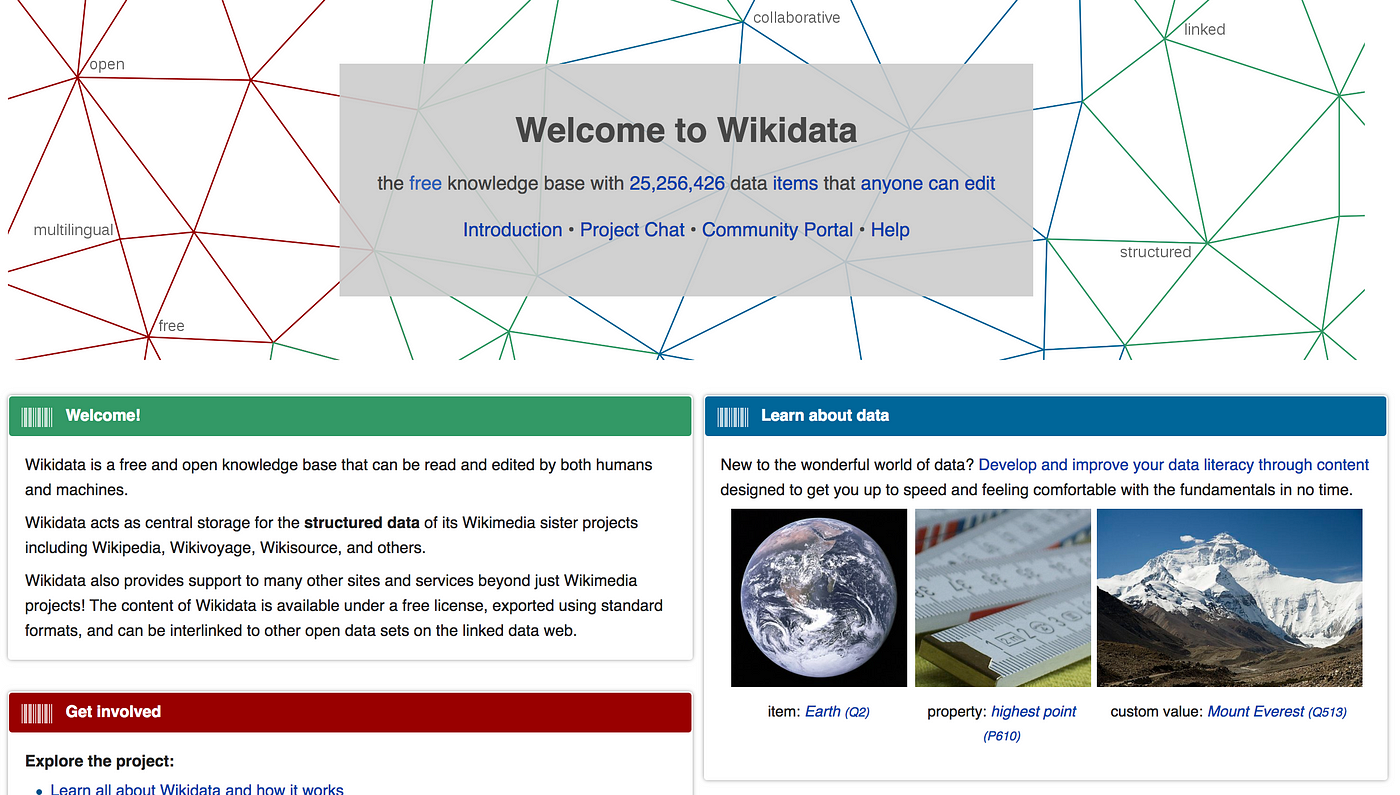 File processing in Clojure can easily become CPU bound, by Alistair Roche, HackerNoon.com29 março 2025
File processing in Clojure can easily become CPU bound, by Alistair Roche, HackerNoon.com29 março 2025 -
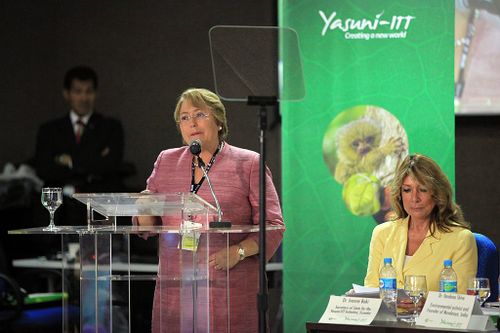 Course:CONS200/2016w2/Wiki Projects/Yasuní-ITT Project Ecuador - UBC Wiki29 março 2025
Course:CONS200/2016w2/Wiki Projects/Yasuní-ITT Project Ecuador - UBC Wiki29 março 2025 -
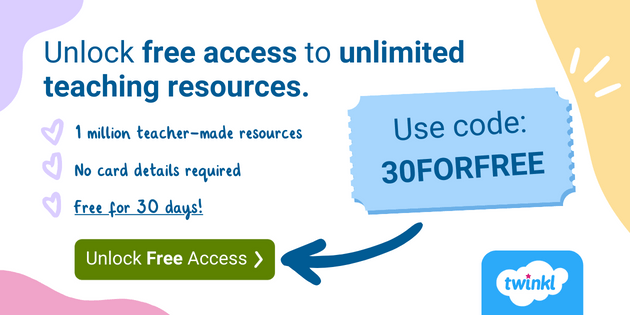 Electricity Timeline, History of Electricity29 março 2025
Electricity Timeline, History of Electricity29 março 2025 -
GeoWiki - A new Geo-Wiki #crowdsourcing campaign coming this April29 março 2025
-
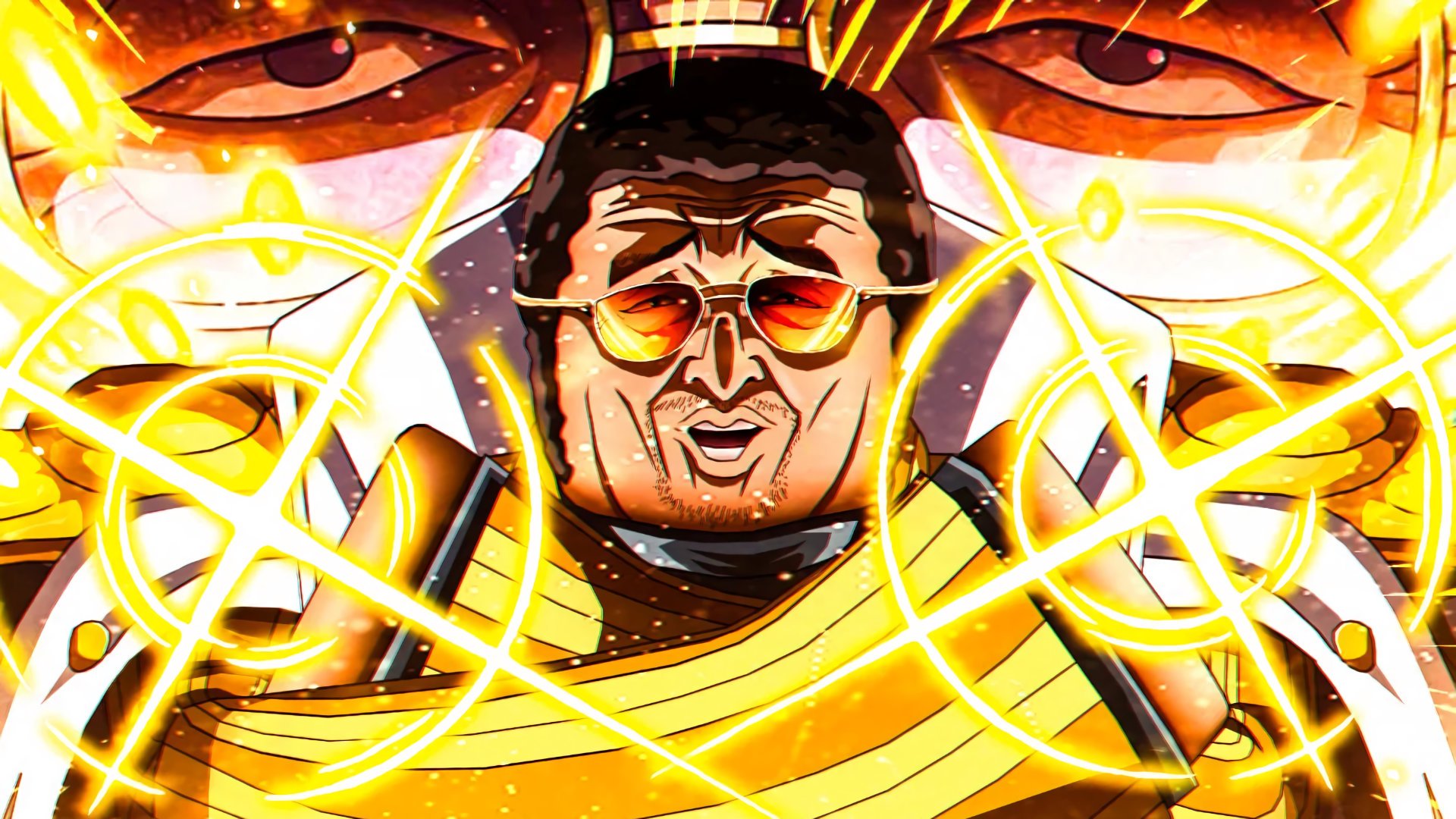 Project New World codes (December 2023) — spins, XP, resets and other free goodies29 março 2025
Project New World codes (December 2023) — spins, XP, resets and other free goodies29 março 2025
você pode gostar
-
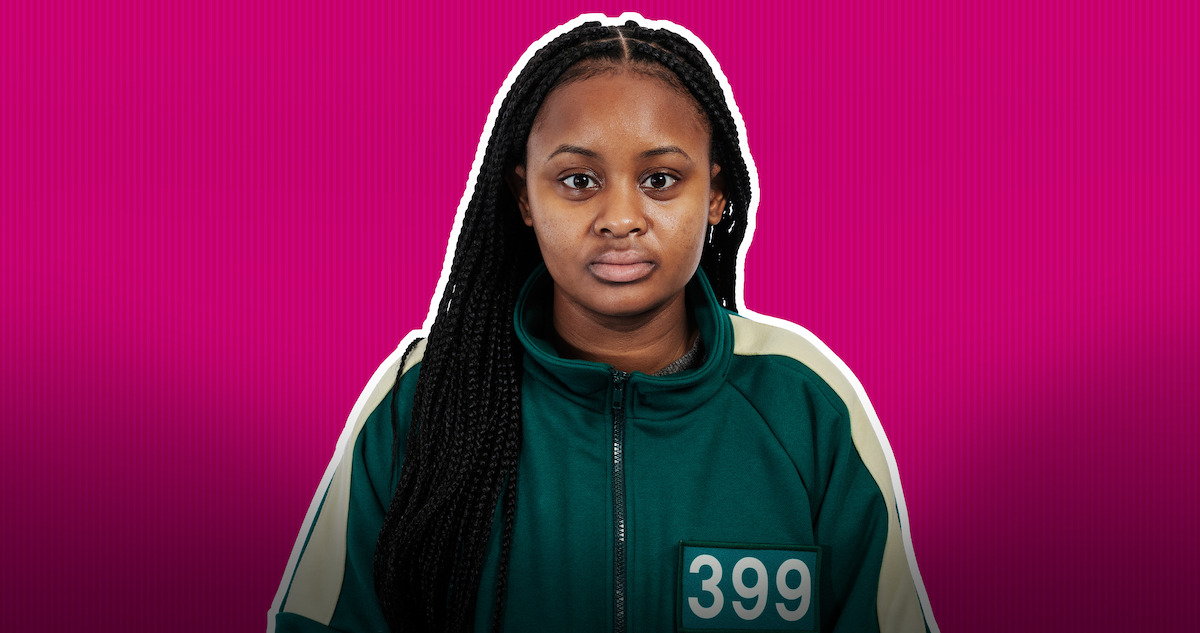 Where Are the 'Squid Game: The Challenge' Players Now? Eliminations Interview - Netflix Tudum29 março 2025
Where Are the 'Squid Game: The Challenge' Players Now? Eliminations Interview - Netflix Tudum29 março 2025 -
Re-sync LinkedIn social account – Support Help Center29 março 2025
-
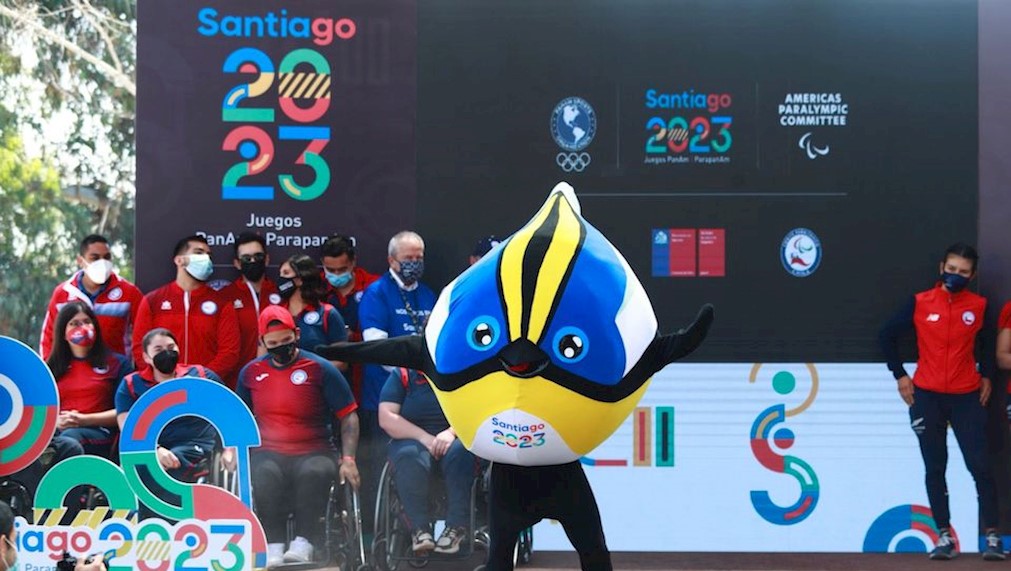 Comitê Organizador dos Jogos Parapan-Americanos de Santiago 202329 março 2025
Comitê Organizador dos Jogos Parapan-Americanos de Santiago 202329 março 2025 -
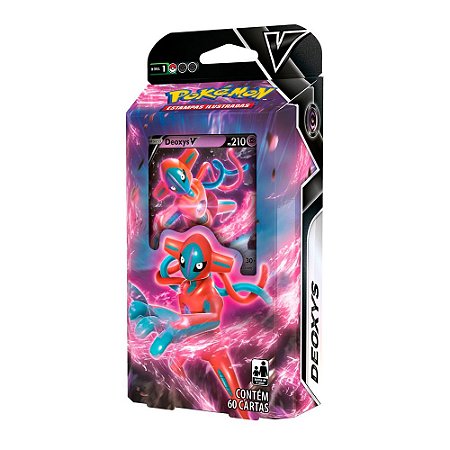 Baralho de batalha Pokémon Copag Deoxys V - Pequenos Travessos29 março 2025
Baralho de batalha Pokémon Copag Deoxys V - Pequenos Travessos29 março 2025 -
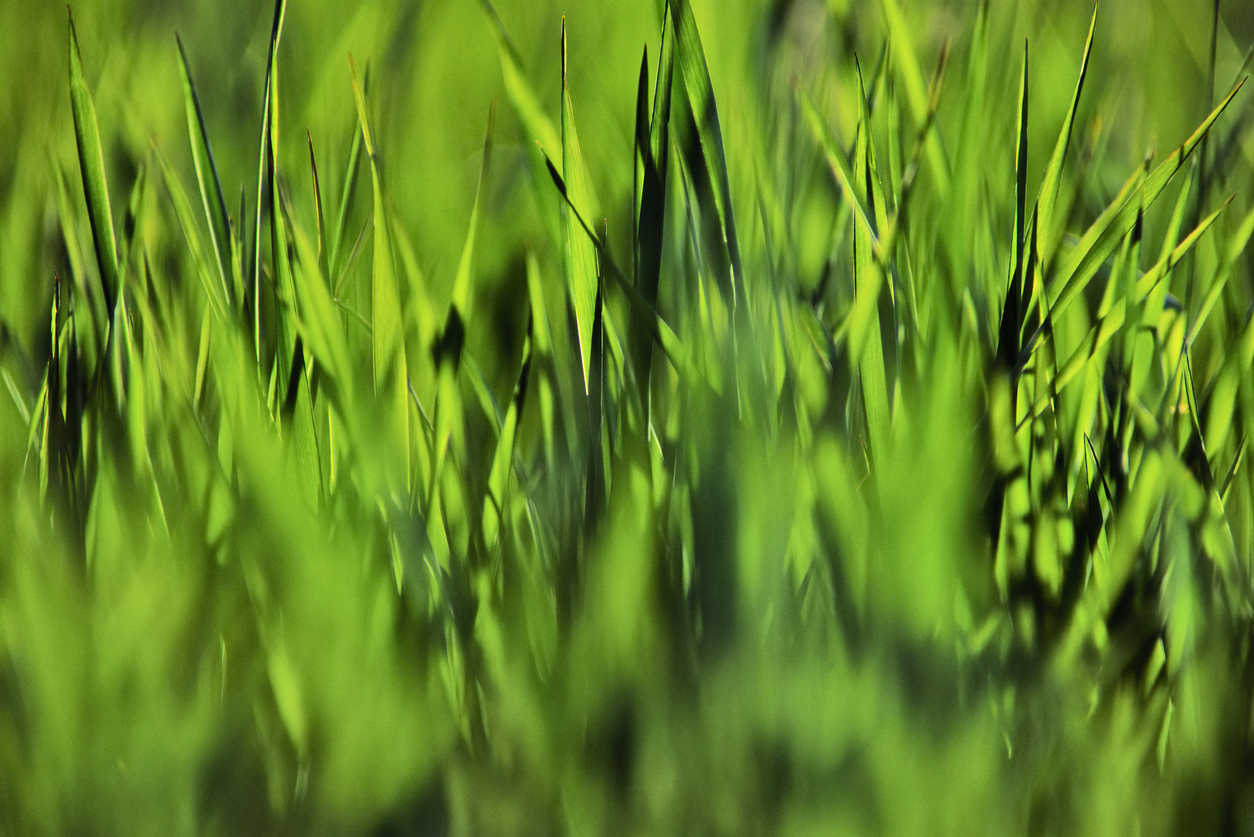 Touch Grass: BC's Nature-Prescription Program Operates Across Canada29 março 2025
Touch Grass: BC's Nature-Prescription Program Operates Across Canada29 março 2025 -
 One Piece Director Teases Cut Easter Eggs From Gold Roger Scene29 março 2025
One Piece Director Teases Cut Easter Eggs From Gold Roger Scene29 março 2025 -
 VALORANT Champions 2023: Veja referências à LOUD na música tema do Mundial - Mais Esports29 março 2025
VALORANT Champions 2023: Veja referências à LOUD na música tema do Mundial - Mais Esports29 março 2025 -
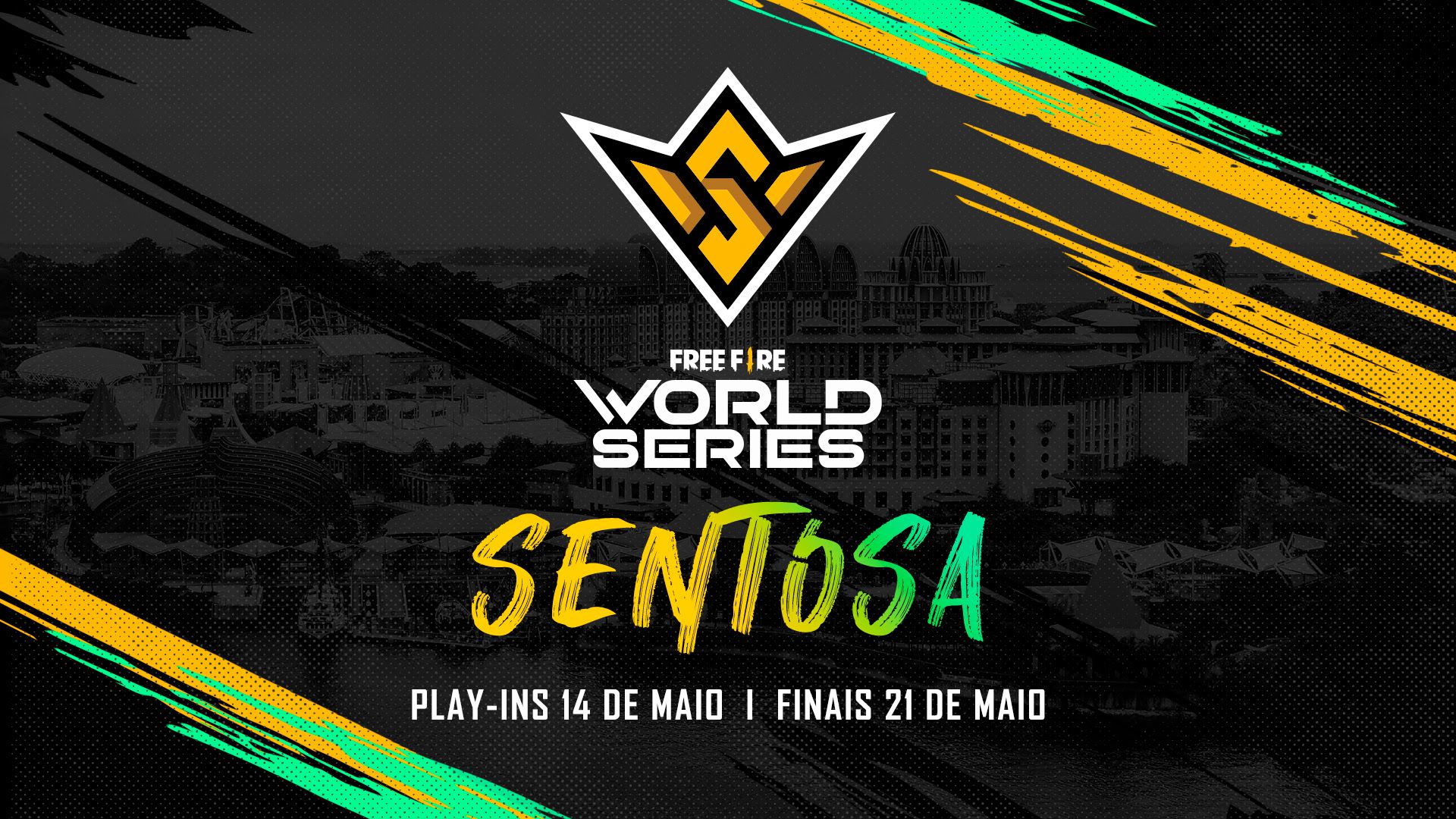 Free Fire World Series 2022 será em Sentosa, Singapura - Canaltech29 março 2025
Free Fire World Series 2022 será em Sentosa, Singapura - Canaltech29 março 2025 -
 OG Fortnite T-Shirt Epic Games 2018 - Llama Size XXL Adult29 março 2025
OG Fortnite T-Shirt Epic Games 2018 - Llama Size XXL Adult29 março 2025 -
 Hahahahahahahaha xDBtw The amazing world of gumball is like my29 março 2025
Hahahahahahahaha xDBtw The amazing world of gumball is like my29 março 2025
